Meet the Modern Trout Farmer Using Gravity to His Advantange
Modern Farmer
JULY 8, 2024
He’ll spend the day weeding and cleaning, then harvest the remaining fish in the next week or so. They’ll start their lives here, then cycle through a dozen similar impoundments—that together hold more than 20,000 fish at various stages of maturation—for about two years until they’re ready for harvest. “It



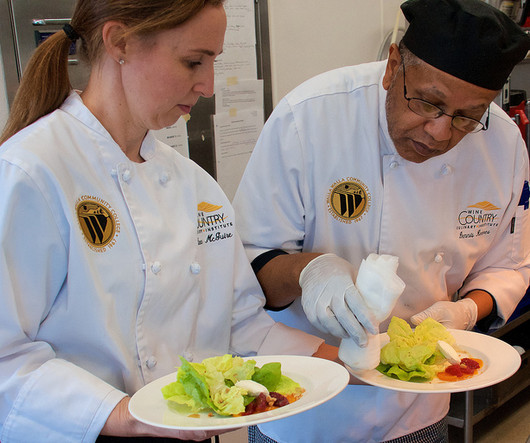
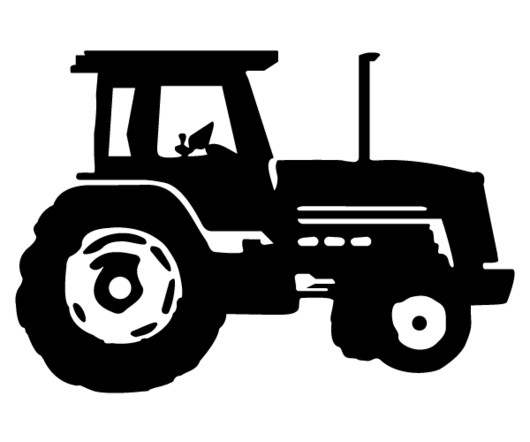

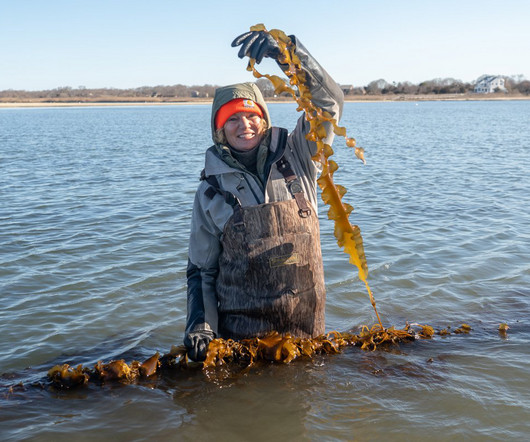

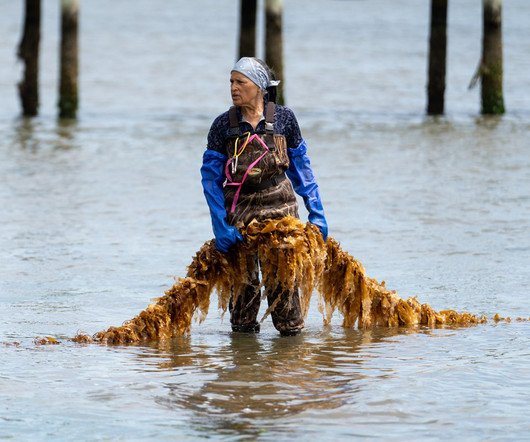

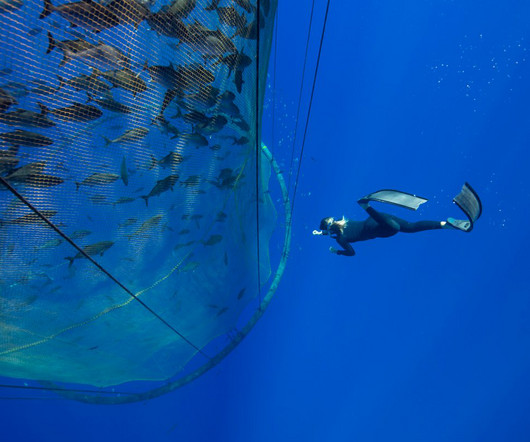







Let's personalize your content